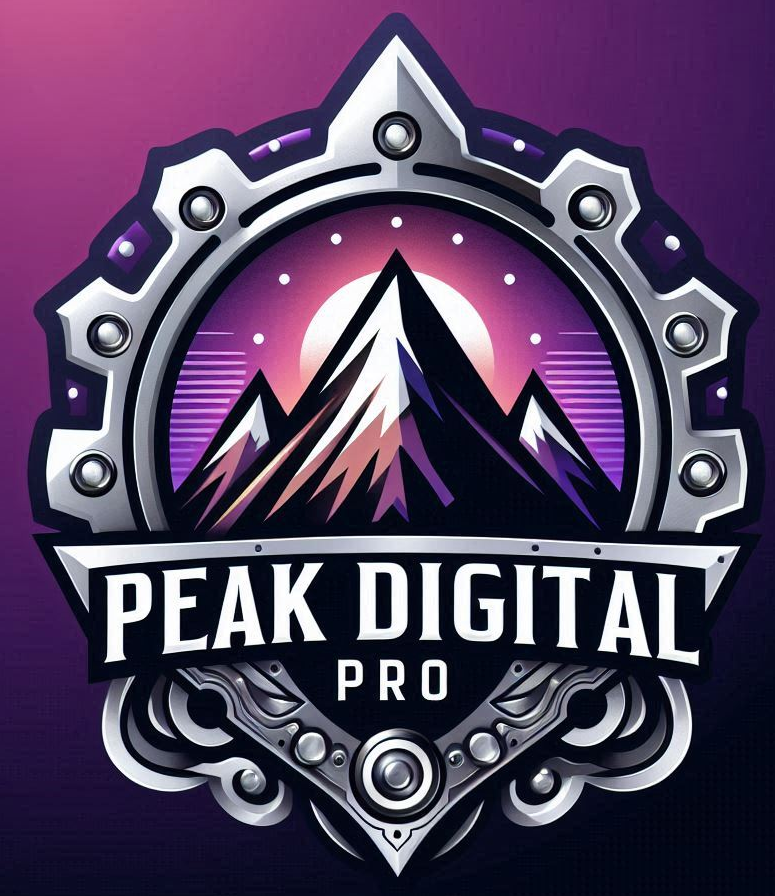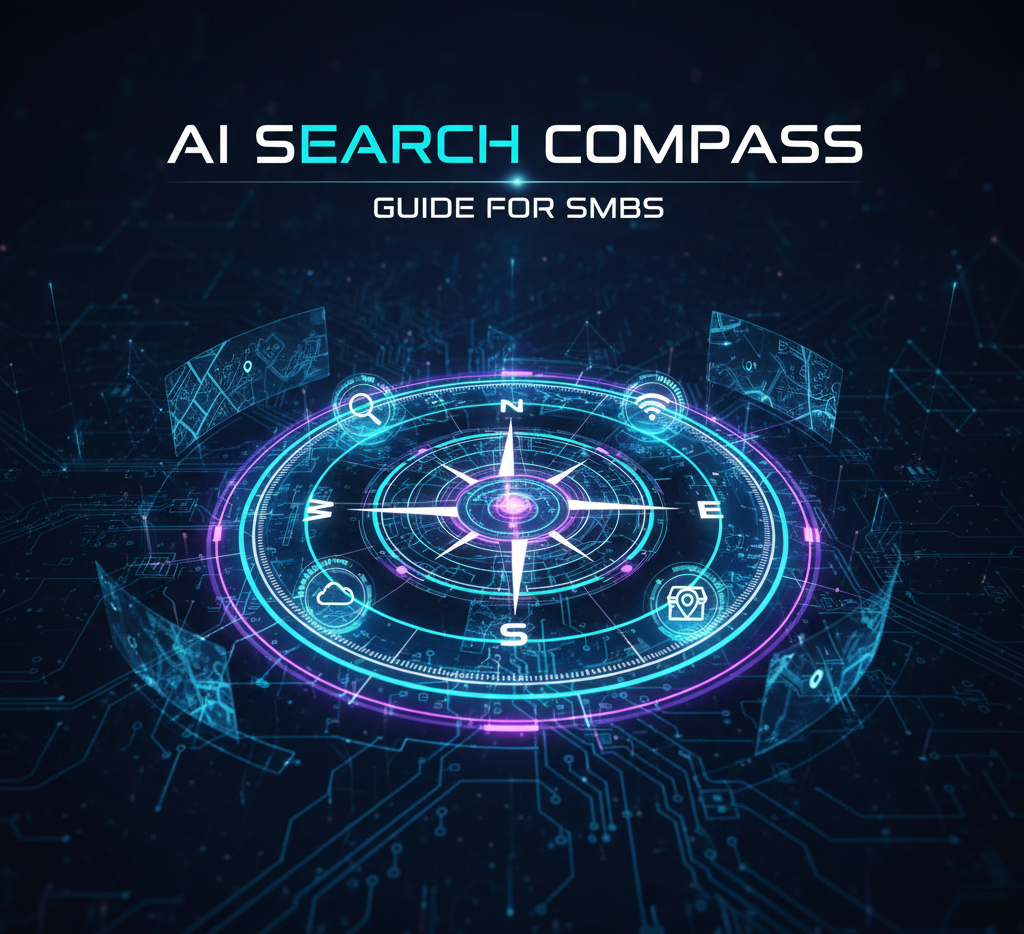Master Optimizing for Zero-Click Searches in 2025
Zero-click searches now account for over 65 percent of all Google searches , meaning most users find what they need without ever leaving the results page. Most people think all that matters is getting clicks. That mindset is actually holding businesses back. The best opportunities now come from being the answer users see first and never have to click again.
Table of Contents
Quick Summary
| Key Point | Explanation |
|---|---|
| 1. Analyze Current Search Performance | Utilize Google Search Console to assess impressions, click-through rates, and key search queries for optimization opportunities. |
| 2. Target Long-Tail Keywords | Focus on specific, intent-driven long-tail keywords, such as detailed health queries that answer immediate user needs. |
| 3. Provide Direct Answers in Content | Structure content to deliver clear, concise answers within the first 100 words, enhancing zero-click search visibility. |
| 4. Implement Structured Data Markup | Use JSON-LD markup to enhance the context of your content, making it interpretable for search engines and improving visibility. |
| 5. Continuously Monitor and Adjust | Regularly track performance metrics to adapt strategies based on the effectiveness of zero-click search results. |
Step 1: Analyze Your Current Search Visibility
Optimizing for zero-click searches requires a strategic understanding of your current digital footprint. This initial step is about mapping your existing search performance and identifying where opportunities for visibility are hiding in plain sight.
Start by accessing your Google Search Console and diving deep into your existing search analytics. Look beyond simple pageview metrics and focus on understanding how users currently interact with your content. Examine your impressions, click-through rates, and average search positions for key queries. Pay special attention to searches where your content appears but generates minimal engagement.
Understand how search queries impact your business by tracking which keywords trigger your content in search results. Not all impressions are created equal. Some search terms might show high visibility but low user interaction. These are prime candidates for zero-click search optimization.
Utilize advanced tools like SEMrush, Ahrefs, or Moz to conduct a comprehensive search visibility audit. These platforms provide granular insights into your content’s performance across different search environments.
The following table highlights key search tools and their primary uses for analyzing and optimizing your zero-click search presence.
| Tool | Primary Use | Insights Provided |
|---|---|---|
| Google Search Console | Analyzing search performance | Impressions, CTR, search position, performance trends |
| SEMrush | Keyword research & visibility audits | Keyword gaps, competitor data, feature tracking |
| Ahrefs | Backlink and keyword analysis | Keyword rankings, click potential, search features |
| Moz | SEO and performance metrics | Opportunities, content performance, visibility score |
| Google Keyword Planner | Search volume & intent insights | Identifying long-tail keywords, trend analysis |
- Keywords with high impressions but low click rates
- Search queries where competitor content outperforms yours
- Content gaps in your current search strategy
The goal is not just to identify weaknesses but to transform them into strategic opportunities. Zero-click search optimization requires a proactive approach where you anticipate user intent before they complete their search.
To verify your analysis, create a detailed spreadsheet documenting current search performance. Include metrics like total impressions, average position, click-through rates, and potential optimization areas. This document becomes your roadmap for the subsequent optimization steps.

Remember that search visibility is dynamic. What works today might become obsolete tomorrow. Regularly revisiting this analysis ensures your zero-click search strategy remains adaptive and responsive to emerging search behaviors.
Below is an overview table summarizing each step in the zero-click search optimization process, including its main goal and a key outcome to expect.
| Step | Primary Goal | Key Outcome |
|---|---|---|
| Analyze Search Visibility | Understand current performance & spot opportunities | Actionable list of target improvement areas |
| Identify Target Keywords | Find precise, high-intent keywords for zero-click | Strategic keyword matrix for focused content |
| Craft Direct Answer Content | Provide clear, authoritative answers upfront | Highly visible featured snippets and search answers |
| Implement Structured Data | Make content machine-readable for search engines | Enhanced appearance in AI and rich results |
| Monitor & Adjust | Continuously track, review, and iterate the strategy | Ongoing optimization for zero-click success |
Step 2: Identify Target Keywords for Zero-Click Results
Targeting keywords for zero-click searches requires a nuanced approach that goes beyond traditional SEO thinking. This step transforms your keyword strategy from volume-based selection to intent-driven precision. You are hunting for queries where users seek immediate answers without clicking through to a website.
Long-tail keywords with clear informational intent become your primary targets. These are specific, detailed search phrases that signal a user wanting quick, authoritative information. For example, instead of targeting broad terms like “heart health,” focus on precise queries like “symptoms of heart disease in women over 50” or “average recovery time after cardiac stent procedure.”
Discover advanced content writing techniques for SEO that help you understand user intent behind search queries. AI-powered tools like ChatGPT, SEMrush, and Google’s Keyword Planner can help you uncover these high-value, intent-driven keywords.
Analyze search result features that dominate zero-click environments. Look for:
- Queries generating featured snippets
- People Also Ask (PAA) box opportunities
- Local pack and map results
- Knowledge panel triggers
Understand that zero-click keywords often represent high-intent micro-moments where users seek immediate, trustworthy information. Medical symptoms, quick calculations, definition queries, and local business information are prime examples. Your goal is to craft content so precise and authoritative that search engines prefer displaying your information directly in results.
Verify your keyword selection by creating a strategic matrix. Map each target keyword against three critical dimensions: search volume, user intent clarity, and potential for featured snippet placement. Prioritize keywords where you can provide uniquely valuable, concise answers that search engines will want to showcase.
Remember that zero-click keyword optimization is about quality over quantity. A single well-optimized keyword can deliver more value than hundreds of generic search terms. Your content must anticipate and answer user questions with unprecedented clarity and expertise.

Step 3: Craft Content that Provides Direct Answers
Crafting content for zero-click searches demands a radical shift from traditional long-form writing to precise, authoritative information delivery. Your content must transform complex topics into clear, immediately digestible answers that search engines will prioritize in their AI-powered results.
Structured data becomes your primary weapon . Begin by organizing information using clear, concise formats that AI algorithms can easily parse. This means creating content with explicit question-and-answer structures, using schema markup to highlight key information, and ensuring every paragraph delivers targeted, valuable insights.
Explore advanced content marketing strategies that emphasize clarity and immediacy. Your writing should anticipate user questions before they are fully typed. For medical, financial, or technical topics, this means distilling complex information into straightforward, verifiable statements.
Focus on creating content that answers queries within the first 100 words. Search engines increasingly prefer content that provides immediate value. Use a pyramid writing approach : start with the most critical information, then provide progressive layers of detail. This technique ensures that even if a user never clicks through, they receive the core information they seek.
Consider implementing these strategic content elements:
- Bulleted or numbered lists for step-by-step information
- Clear, declarative opening sentences that directly address the query
- Precise definitions and explanations
- Authoritative citations from respected sources
Understand that zero-click content requires a delicate balance. You want to provide enough information to satisfy the immediate query while still enticing users to click through for more comprehensive details. This means creating teaser content that hints at deeper insights available on your full webpage.
Verify your content’s zero-click potential by using Google’s Rich Results Test and checking how your content appears in search results. Look for clear, prominent display of your information in featured snippets, knowledge panels, and AI-generated overviews. The ultimate goal is to become the default answer source for specific queries in your domain.
Step 4: Implement Structured Data Markup
Structured data markup represents the critical bridge between your content and search engines’ understanding of its context. This step transforms your digital content from simple text into a language that AI-powered search algorithms can comprehend with precision and depth.
JSON-LD markup becomes your primary communication protocol with search platforms. Begin by identifying the most appropriate schema type for your content. Whether you are a local business, a healthcare provider, or an educational institution, Schema.org offers specific markup vocabularies that precisely describe your content’s nuances.
Explore local business SEO strategies that integrate structured data for enhanced visibility. Use tools like Google’s Structured Data Markup Helper and Schema App to generate clean, accurate JSON-LD code that search engines can easily parse.
Implement markup that goes beyond basic information. Advanced structured data should include :
- Detailed business information
- Specific service offerings
- Professional credentials
- Geographical location details
- Price ranges and availability
Understand that structured data is not about keyword stuffing but creating a comprehensive, machine-readable representation of your content. Each markup should provide additional context that helps search engines understand the precise meaning and intent behind your information.
Your verification process involves multiple steps. Use Google’s Rich Results Test to validate your markup, checking for any errors or warnings. Preview how your content might appear in search results, ensuring that the structured data communicates your key information effectively.
Monitor your Google Search Console for structured data reports, which will reveal how search engines interpret your markup.
Remember that structured data markup is an ongoing process. As your content evolves and search algorithms become more sophisticated, regularly update your markup to maintain optimal visibility in zero-click search environments. The goal is to become the default, authoritative answer source for specific queries in your domain.
Step 5: Monitor Your Performance and Adjust Strategy
Monitoring performance in zero-click search environments requires a dynamic, data-driven approach that goes beyond traditional analytics. Your strategy must evolve continuously, responding to the rapid changes in AI-powered search technologies and user behavior.
Performance tracking becomes your strategic compass . Set up comprehensive monitoring dashboards using tools like Google Search Console, SEMrush, and Ahrefs. These platforms provide granular insights into how your content performs in zero-click search results, tracking metrics that traditional SEO approaches might overlook.
Learn how to boost website conversion effectively by understanding the nuanced metrics of zero-click searches. Pay special attention to:
- Impressions without clicks
- Featured snippet appearances
- Knowledge panel placements
- AI Overview integration rates
Understand that zero-click search performance is not just about visibility but about authoritative content positioning . Analyze which of your content pieces are being selected by AI algorithms as primary answer sources. This requires a shift from volume-based metrics to quality and intent-matching measurements.
Implement a quarterly review process where you systematically assess your content’s performance. Look for patterns in how AI search engines interpret and display your information. Are your structured data markups effectively communicating your content’s context? Are your answers concise and direct enough to be featured in AI-generated summaries?
Adapt your strategy based on emerging trends. If certain content types or formats are consistently selected for zero-click results, prioritize creating similar high-performing content. This might mean shifting from long-form articles to more structured, immediately answerable content formats.
Verify your monitoring effectiveness by creating a comprehensive performance scorecard. Track not just traditional SEO metrics but zero-click specific indicators like featured snippet frequency, AI Overview appearances, and the quality of your content’s representation in these new search environments. Your goal is continuous improvement and strategic adaptation in an increasingly AI-driven search landscape.
Is Zero-Click Search Blocking Your Growth?
You just learned how the rise of AI-powered search is making it harder for businesses to drive traffic and build authority. If you struggle with keywords that earn impressions but not clicks or are seeing your carefully crafted content show up in AI answers with no follow-through, you are not alone. As detailed in our guide, protecting your visibility in zero-click environments requires more than standard SEO. It demands a future-focused approach using content alignment, structured data, and specialized strategies that address the real pain caused by AI-driven disruption for industries like healthcare, finance, and e-commerce.

Stay ahead of your competitors and protect your visibility where it matters most. See how our unique AEO Method delivers trusted answers in Google’s AI Overviews and ChatGPT results. If you are ready to ensure your business stands out as the authoritative choice—and not just another statistic in declining click rates—visit Peak Digital Pro
today and schedule your complimentary assessment. Let us help you future-proof your search visibility before the next wave of AI disruption hits.
delivers trusted answers in Google’s AI Overviews and ChatGPT results. If you are ready to ensure your business stands out as the authoritative choice—and not just another statistic in declining click rates—visit Peak Digital Pro
today and schedule your complimentary assessment. Let us help you future-proof your search visibility before the next wave of AI disruption hits.
Frequently Asked Questions
What are zero-click searches?
Zero-click searches are search engine results where users find the answer they need directly on the search results page without having to click through to a website. This often includes featured snippets, knowledge panels, or direct answers.
How can I optimize my content for zero-click searches?
To optimize for zero-click searches, focus on crafting concise, authoritative content that answers users’ queries directly. Implement structured data markup and target long-tail keywords with clear informational intent to increase the chance of being featured in search results.
What types of keywords should I target for zero-click search optimization?
Target long-tail keywords that reflect high-intent queries where users are looking for immediate answers. Examples include specific questions that provide direct, actionable information, like “symptoms of heart disease in women over 50”.
Why is structured data important for zero-click searches?
Structured data helps search engines understand your content’s context more effectively. By using schema markup, you enhance the likelihood of your information being displayed in features like snippets or knowledge panels, which are crucial for capturing zero-click search opportunities.
Recommended
- Local Search Meets Answer Engines: What SMBs Are Really Struggling With (and What To Do Next)
- Navigating The AI Frontier: Unlocking Local Business Visibility in an Evolving Search Landscape
- What Is SEO? Simple Guide for US & Colorado Businesses 2025
- SEO for Service Businesses in 2025: Colorado and US Guide
- How to Leverage SEO for Growth in 2025: Proven Strategies







